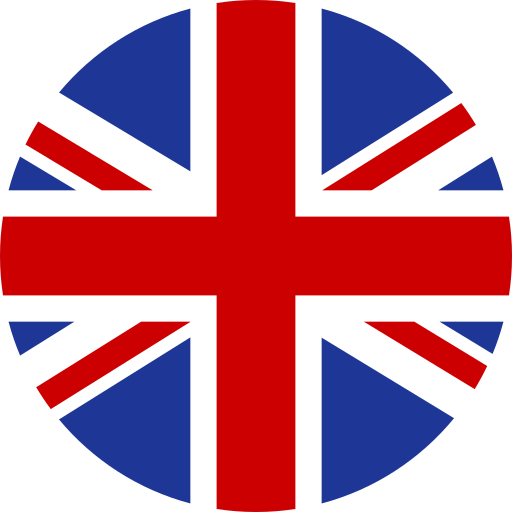
Promoting scientific development and fostering collaboration among researchers, educators, and students of Veterinary Anatomy throughout Brazil.

Promoting scientific development and fostering collaboration among researchers, educators, and students of Veterinary Anatomy throughout Brazil.
What We Do
Conference
A scientific event that brings together experts, educators, and students in the field of Veterinary Anatomy.
Scientific
Publications
Promoting the production and dissemination of scientific articles, books, and educational materials.
Academic
Training
support for projects and educational programs in anatomy
National
Integration
We foster collaboration among universities, research institutes, and professionals in the field.
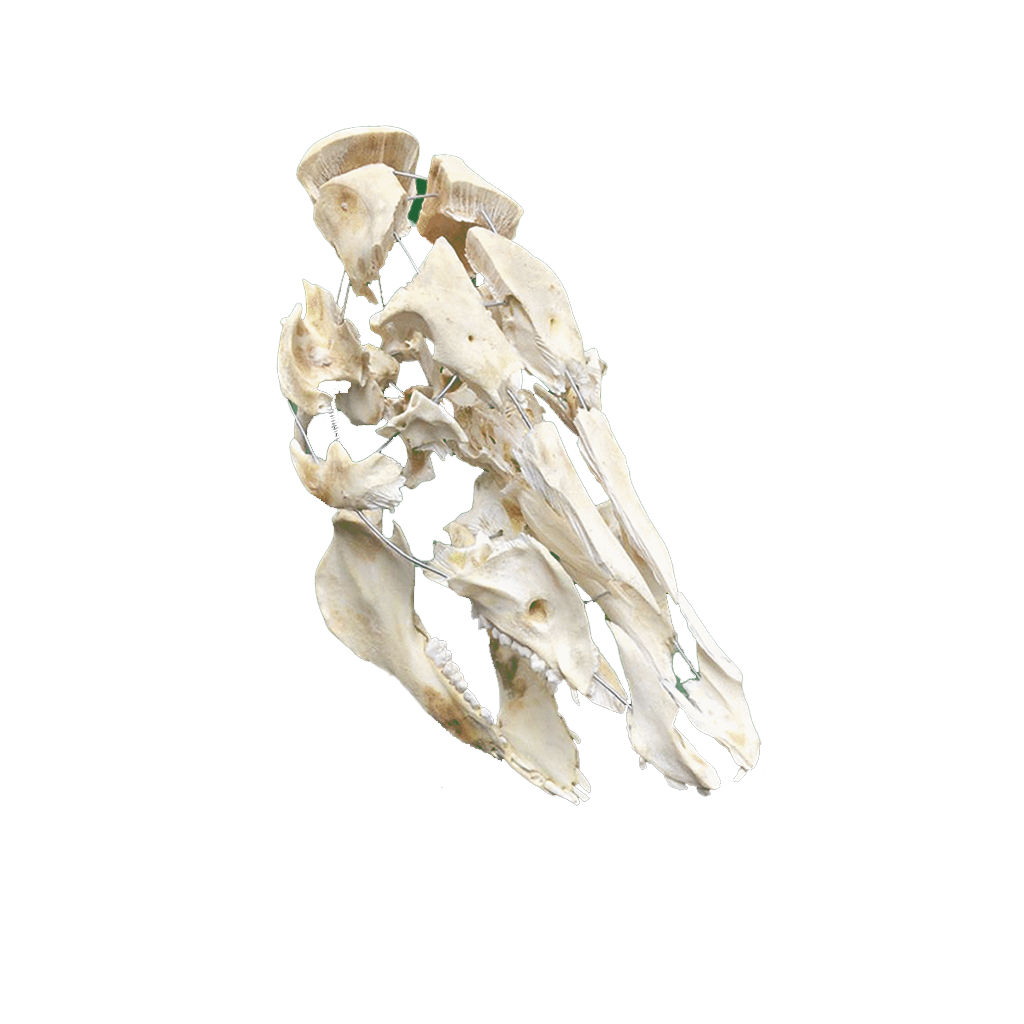
Our Community
ABAVET serves as the vital link connecting veterinary anatomists, researchers, educators, and professionals in the field of animal morphophysiology around a shared purpose: to elevate anatomical education and research in Brazil to a global standard. We operate as a collaborative network that blends academic tradition, cutting-edge technology, and a human-centered perspective to educate, inspire, and transform veterinary practice.

About ABAVET
ABAVET is a scientific organization dedicated to strengthening Veterinary Anatomy as a field of teaching, research, and outreach. Our mission is to foster the exchange of knowledge among professionals, support academic training, and disseminate scientific advances that impact veterinary medicine and related disciplines.
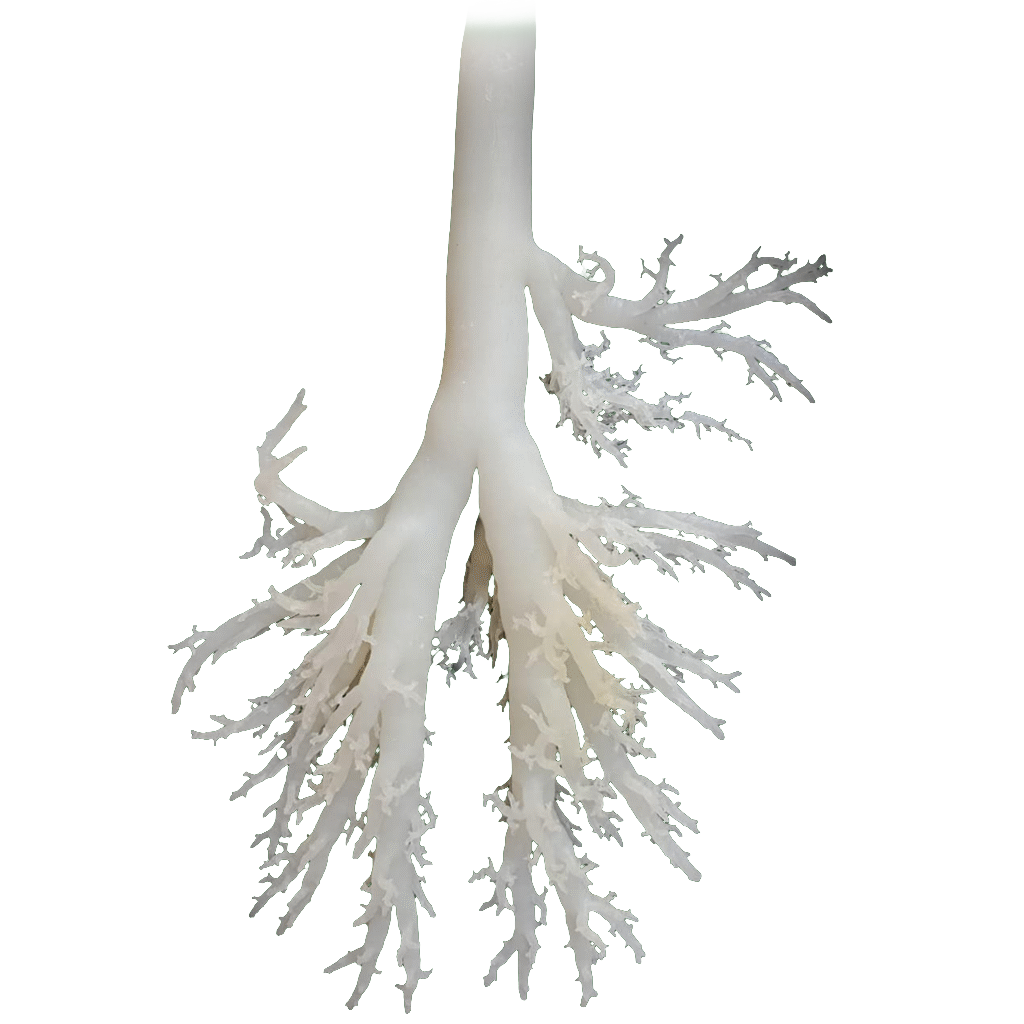
Events and Activities
Events
More information coming soon
Saiba Mais
Events
More information coming soon
Saiba Mais
Join the meetings, symposia, and congresses organized by ABAVET. These are unique opportunities to share experiences, present your work, and stay up to date with new scientific discoveries.
National Integration
We promote collaboration among universities, research institutes, and professionals across the entire country.
Scientific Development
We support and promote scientific production, contributing to the advancement of knowledge in Veterinary Anatomy.
Our Community
ABAVET brings together researchers, educators, and students from across Brazil, forming a collaborative network that drives scientific progress in Veterinary Anatomy.
Anatomy: At the Crossroads of History, Art, and Science
Long before dissection became a scientific practice, the first manifestations of Anatomy were already present in cave paintings, where hunters depicted animal organs and structures with astonishing detail. The word Anatomy, derived from the Greek anatomein (“to cut into parts”), reflects this ancient practice of observing the body. But more than that, Anatomy is also art, culture, and history. The anatomist, like an artist, uses their “brushes” — scalpels, forceps, and spatulas — to reveal the internal forms of life, with precision and respect. Veterinary Anatomy bridges scientific knowledge, aesthetic expression, and collective memory, serving simultaneously as a teaching tool, a subject of research, and an expression of care for animals. Thus, we affirm that Anatomy is also memory and heritage: it is science that investigates, art that expresses, and history that preserves.
The Five Pillars of Veterinary Anatomy
Executive Board and Fiscal Council

Prof. Dr Antonio Chaves de Assis Neto - FMVZ/USP
Presidente

Prof. Dr Carlos Eduardo Bezerra de Moura - UFERSA
Vice-Presidente

Prof. Dr Carlos Eduardo Ambrosio - FZEA/USP
Secretário

Prof. Dr Jose Roberto Kfoury Junior - FMVZ/USP
Secretário
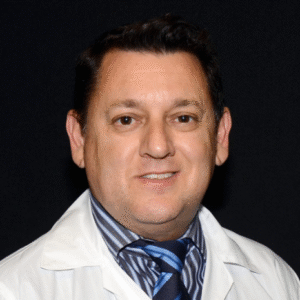
Prof. Dr. Bruno Cesar Schimming - UNESP/Botucatu
Conselheiro Fiscal

Prof. Dr. Moacir Franco de Oliveira - UFERSA/RN
Conselheiro Fiscal

Profa. Dra. Erika Toledo da Fonseca - UFPB
Conselheira Fiscal

Prof. Dr. Caio Biasi Mauro - UFBA
Diretor Regional Nordeste

Prof. Dr. Eduardo Mauricio Mendes de Lima - UNB
Diretor Regional Centro-Oeste

Profa. Dra. Adriana Caroprezo Morini - UFMS
Diretora Regional Centro-Oeste

Prof. Dr. Hildebrando Gomes Benedicto - UFF/RJ
Diretor Regional Sudeste

Profa. Dra. Erika Renata Branco - UFRA/PA
Diretora Regional Norte

Profa. Dra. Ana Rita de Lima - UFRA/PA
Diretora Regional Norte

Profa. Dra. Flávia Thomaz Verechia Rodrigues - UNESP/Dracena
Diretora Regional Sudeste

Profa. Dra. Hatawa Melo de Almeida Monteiro - UFPI
Diretora Regional Nordeste

Profa. Dra. Marta Adami - UFMS
Diretora Regional Centro-Oeste

Prof. Dr. Phelipe Oliveira Favaron - UEL/PR
Diretor Regional Sul
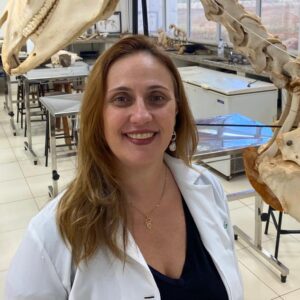
Profa. Dra. Daniele dos Santos Martins - FZEA/USP
Tesoureira

Profa. Dra. Liza Margareth Medeiros de Carvalho Sousa - UNESP/Araçatuba
Tesoureira
Association
Join ABAVET and become part of a network of professionals and academics committed to the advancement and recognition of Veterinary Anatomy in Brazil.
- Access to Exclusive Materials
- Connection with the National Academic Community
Become a Member

Promoting the Scientific Advancement of Veterinary Anatomy in Brazil
Quick Links
Contact
- Av. Avenida Prof. Dr. Orlando Marques de Paiva, 87; ZC 05508 270 - Cidade Universitária - São Paulo/SP – Brasil
- (11) 3091-1316
- CNPJ 61.046.283/0001-05
